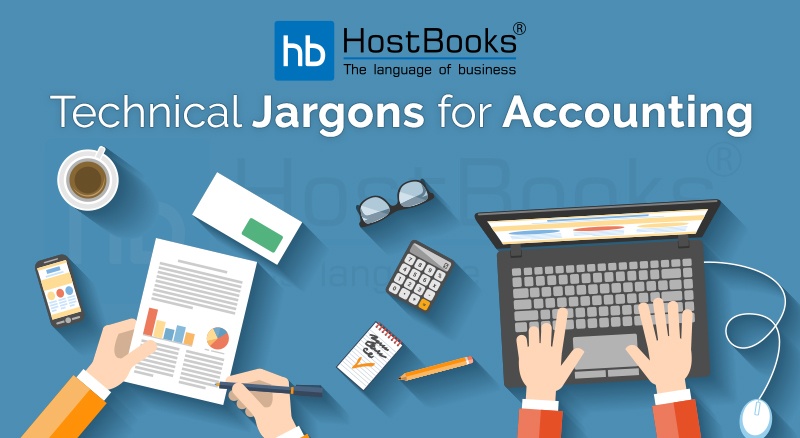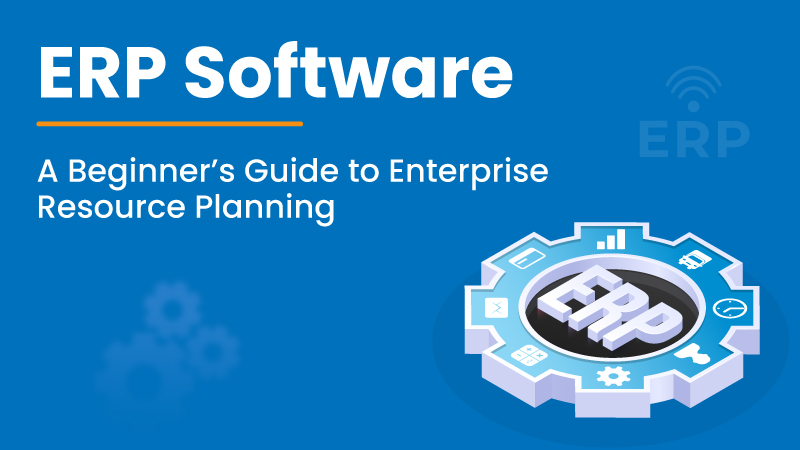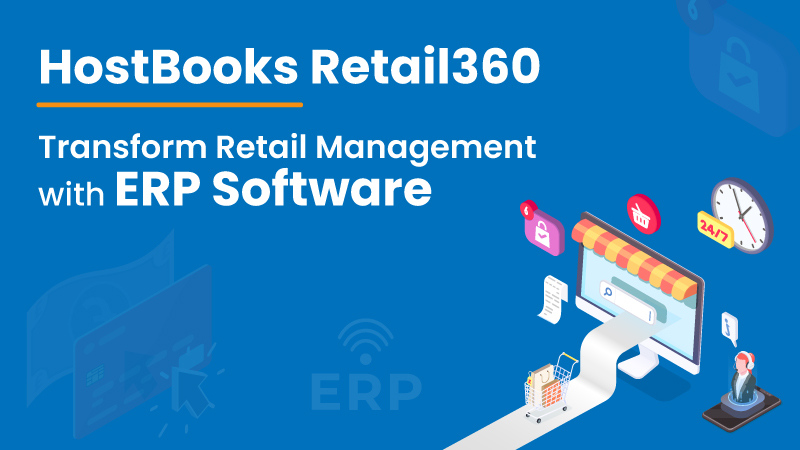Technical Jargons for Accounting

- Accounts Receivable
The amount of money that the customer is liable to pay after the delivery of goods and services.
- Accounting
It is the process of systematic recording, reporting, and analysis of financial statements of a business.
- Accounts Payable
The amount of money that the company owes to its creditors or the suppliers in lieu of the purchase of goods and services.
- Accrual Basis Accounting
This is a widely accepted form of accounting. It records the transactions when income is earned and expenses are incurred irrespective of the fact when income is actually received or expenses are actually deducted.
- Assets
The things owned by the business that enhance the profit earning capacity of a business are known as assets. For example Furniture and fixtures, cash, plant, land etc.
- Balance Sheet
It reflects the financial position of a business. In other words, it is a financial report that summarizes the value of assets and liabilities at the end of the year.
- Bonds and Coupons
It is a form of debt investment and is considered as a fixed income security. The annual interest rate paid on a bond is known as a coupon.
- Capital
It refers to the financial resources that help a business to begin its operations. And, at a later stage capital helps a business to grow and develop.
- Cash Basis Accounting
This type of accounting records the transactions when the payment the payment is actually made or received in cash. It is best suited for those who carry out their business on a small scale involving only cash transactions.
- Cash Flow
The net amount of cash that flows in and out of the business is known as cash flow. It analyzes the liquidity position of a business.
- Cost Of Goods Sold
COGS include the expenses that are incurred for the production of goods and services by a business. For instance cost of raw material and labor.
- Credit
Every transaction has two effects – Debit and Credit. Credit causes an increase in the liabilities & equity and a decrease in the assets.
- Debit
An accounting entry that causes an increase in the assets and a decrease in the liabilities on a company’s balance sheet is known as a debit effect.
- Expenses
These are the costs that a business incurs while carrying out its operations. Expenses can be categorized into:
- Fixed Expenses: These types of expenses remain fixed irrespective of the level of production. For example, Rent of a building.
- Variable Expenses: These expenses vary with the level of production and may change in a given period of time. For example, Labor costs.
- Accrued Expenses: The expenses that have been incurred but yet not paid are known as accrued expenses. For example, Wages incurred for which the payment has not been made.
- Operation Expenses: The expenditure that is not directly related to the production of goods and services. For example, Advertising, Taxes, etc.
- Equity or Owner’s Equity
Equity is the difference between the Assets and the Liabilities. It is based on the equation:
“Equity = Assets – Liabilities.”
The shareholder’s equity represents the equity of a company that is divided among the shareholders of a company.
- Generally Accepted Accounting Principles
GAAP is a set of guidelines that have been laid down by the Ministry of Corporate Affairs. All the businesses follow these principles while reporting the financial data.
- Journal
It is a detailed account that keeps a record of all the business transactions in a chronological order. Journal is known as the original book of entry.
- Income Statement
It is a financial statement that displays the financial performance of a business over a specific accounting period. Income Statement (P/L account) is a summary of all the revenue earned and expenses incurred from both operating and non-operating activities.
- Insolvency
It is a state where a business is no longer capable of meeting its financial obligations towards its creditors.
- Ledger
After recording in the Journal, the transactions are classified under different heads and posted to Ledger. For example, all the transactions related to Mohan will be posted to Mohan’s account.
- Liabilities
These are the financial obligations that are incurred during the course of the business. Liabilities are categorized into:
- Current Liabilities that are payable within a year like short-term
- Long-Term Liabilities are payable over a period of time exceeding 1 year such as bonds.
- Net Income
The total earnings of a company are known as the net income. Simply put, it is the difference between total revenue and total expenses after taking into account all the adjustments.
- Return on Investment (ROI)
ROI measures the profit and loss generated on an investment relative to the amount of money invested. It is calculated by dividing the net profit by the cost of investment.

Try HostBooks
SuperApp Today
Create a free account to get access and start
creating something amazing right now!
















